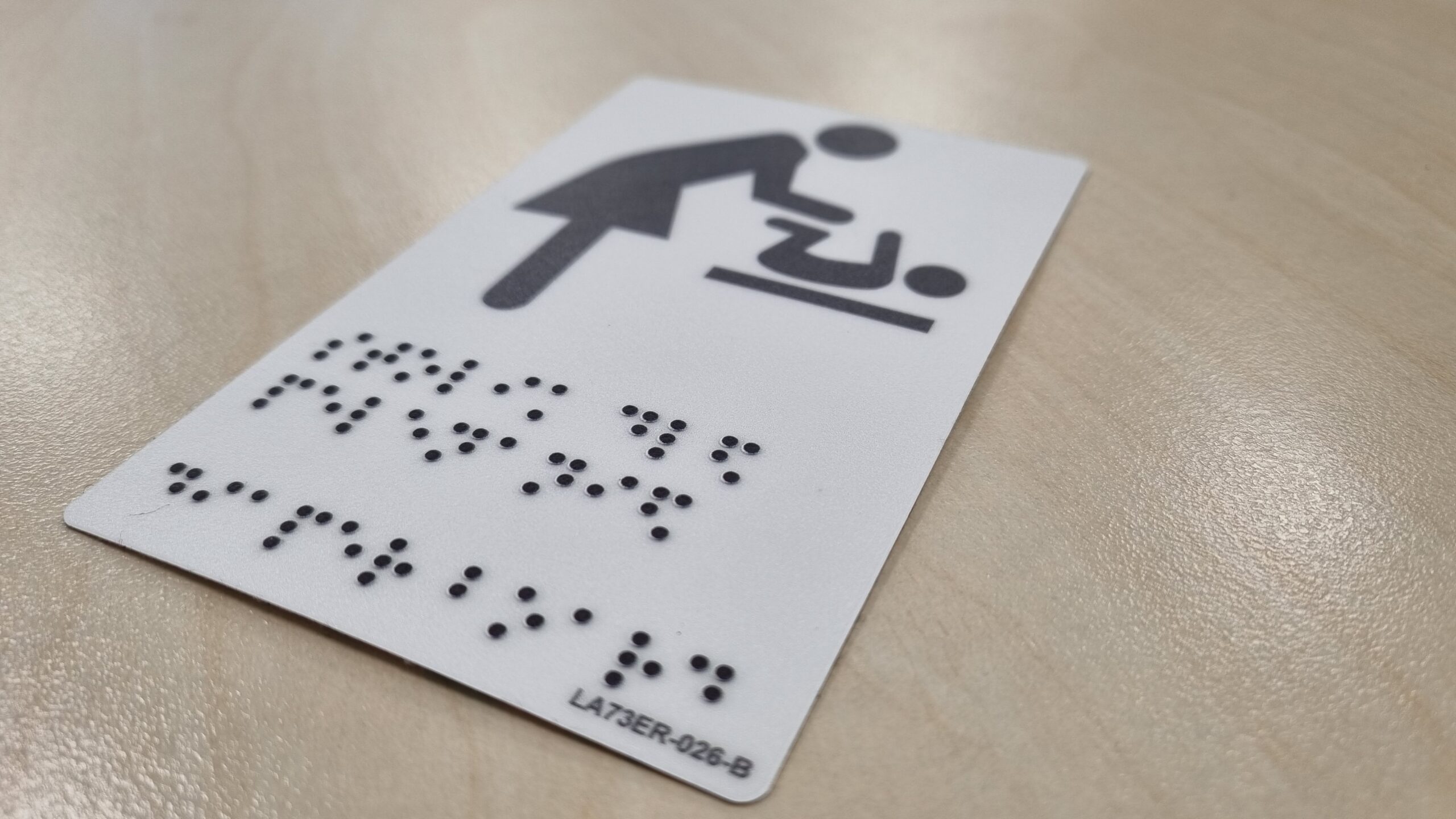
Braille Placards
Braille Placards, In the vast expanse of the sky, where clouds create intricate patterns and the sun paints the horizon with hues of orange and pink, an essential aspect of air travel often goes unnoticed—accessibility for individuals with visual impairments. As our society strives for inclusivity, the aviation industry has taken a significant step forward by considering the implementation of mandatory Braille placards on aircraft. This move aims to enhance the travel experience for those with visual disabilities, providing them with vital information and empowering them to navigate the skies independently.
The Need for Inclusivity:
Air travel is a marvel of modern engineering, connecting people and cultures across the globe. However, the experience can be daunting for individuals with visual impairments, who often face challenges in accessing critical information within the aircraft cabin. From locating emergency exits to understanding the layout of the lavatories, these tasks can be cumbersome and sometimes impossible without proper accommodations.
Recognizing the importance of inclusivity, the aviation industry is reevaluating its approach to accessibility. The push for mandatory Braille placards on aircraft represents a commitment to ensuring that all passengers, regardless of their abilities, can enjoy a safe and comfortable journey.
The Impact on Passenger Independence:
Imagine the empowerment that comes with being able to read and understand crucial information independently, even at 35,000 feet above the ground. For passengers with visual impairments, Braille placards could mean the difference between dependence on others for assistance and the freedom to navigate the aircraft with confidence.
Mandatory Braille placards would provide essential information such as seat numbers, emergency exit locations, and restroom directions, ensuring that individuals with visual impairments can easily orient themselves within the cabin. This newfound independence contributes to a more positive and inclusive travel experience, fostering a sense of equality among passengers.
Addressing Safety Concerns:
Critics may express concerns about the potential impact of Braille placards on safety protocols, arguing that adding tactile information might clutter or confuse emergency signage. However, advocates argue that with thoughtful design and strategic placement, Braille placards can seamlessly integrate into the existing safety infrastructure without compromising the clarity of information.
In fact, by making emergency information more accessible to all passengers, including those with visual impairments, the aviation industry can enhance overall safety. In emergency situations, every second counts, and ensuring that everyone on board can quickly and accurately comprehend safety instructions is paramount.
The Future of Accessible Air Travel:
As the call for mandatory Braille placards gains momentum, the aviation industry stands at the threshold of a more inclusive era. Embracing accessibility initiatives not only caters to the needs of passengers with visual impairments but also sets a precedent for the broader travel industry to prioritize inclusivity.
In a world where the sky is no longer the limit, the push for mandatory Braille placards on aircraft exemplifies our collective commitment to creating a world where everyone, regardless of ability, can soar to new heights. As we navigate the skies together, let us ensure that the journey is accessible to all, leaving no passengers behind.
Larchfield Aerospace & Graphics manufactures Braille placards in-house, offering good price points and fast turnaround, please drop us a line if you want to find out more.
